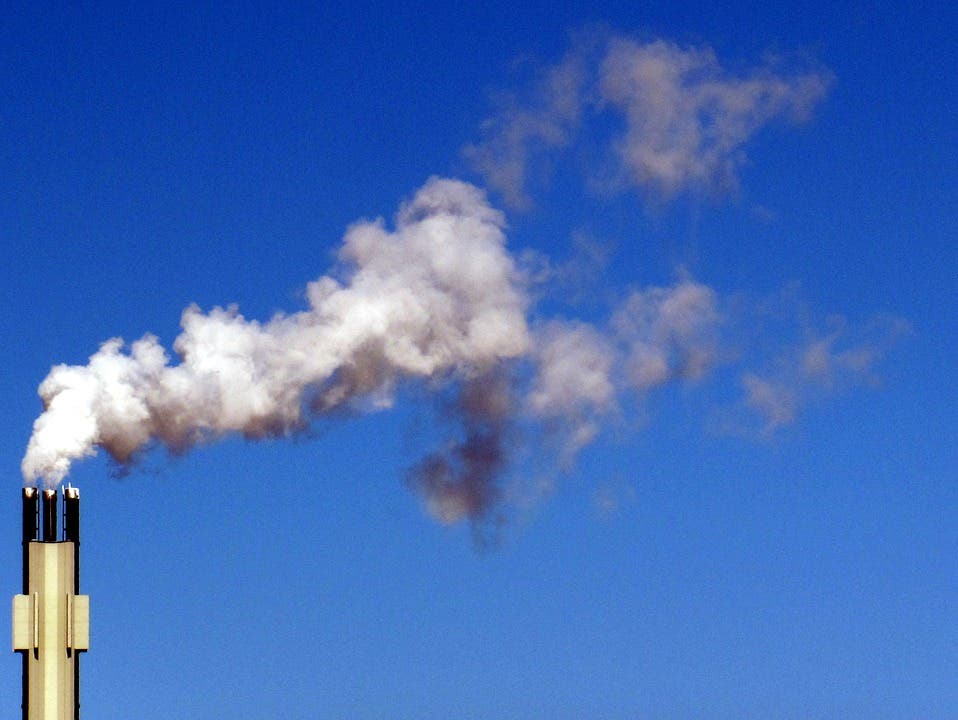As Trump’s administration works to drain funding away from NASA’s climate change monitoring efforts, the state of California steps up to the plate.

Last Friday at the Global Climate Action Summit, California’s Governor Jerry Brown announced that the state will launch its own air-quality-tracking satellite. No information as to when the launch will take place or how much the initiative will cost has so far been released to the public.
Space race
NASA runs its own climate change program known as the Carbon Monitoring System (CMS). It revolves around a swarm of satellites and high-altitude aircraft that keep tabs of carbon emissions around the world. All of which cost a lot of money to operate and maintain.
This doesn’t seem to sit particularly well with the White House — neither do similar climate change initiatives. During the latest round of budget cut discussions at the White House, the CMS was put into discussion as a possible target. So far, the appropriations committee left the program’s funding intact. The event, however, has left many scientists worried that CMS’ days are numbered — especially since the current administration has already “axed” NASA funding for several climate programs.
The state of California in general and its Governor in particular have elbowed their way to the forefront of climate initiatives and have a long history of defying President Trump on environmental issues. After pledging to go full carbon neutral by 2045, Brown now wants to secure access to long-term data monitoring to support its efforts.
“We’re under attack by a lot of people, including Donald Trump, but the climate threat still keeps growing,” Brown said on Friday, in the closing remarks of the San Francisco conference.
“So we’re going to launch our own satellite, our own damn satellite, to figure out where the pollution is, and how we’re going to end it, with great precision.”
The satellite will be designed to pinpoint sources of air pollutants, including “super pollutants” that have more powerful heat-trapping effects, according to a statement from Brown’s office.
California will work with San Francisco-based Planet Labs (also known as ‘Planet’) to design, build, and launch the satellite. The company — funded by former NASA members and backed by companies like Google and DCVC — will collaborate with California’s Air Resources Board to build the device and track carbon emissions throughout the state and the world. So far, Planet Labs maintains a fleet of 150 satellites which it uses to take photographs of the planet that are later transferred to various governments, private companies, journalists, agriculture businesses, or hedge funds.
Brown hopes the program will help us maintain high-quality climate monitoring, despite the efforts from the Trump administration. Data from the satellite would be made available to the public through a partnership with the Environmental Defense Fund.






